Discover projects that span across the Rio Grande and New Mexico
Rio Grande Environmental Flows | Mapping Conservation Efforts | Assessing Adaptation Strategies | Wildfire Impacts On Snow Water | Soil Moisture & Wildfire Probability
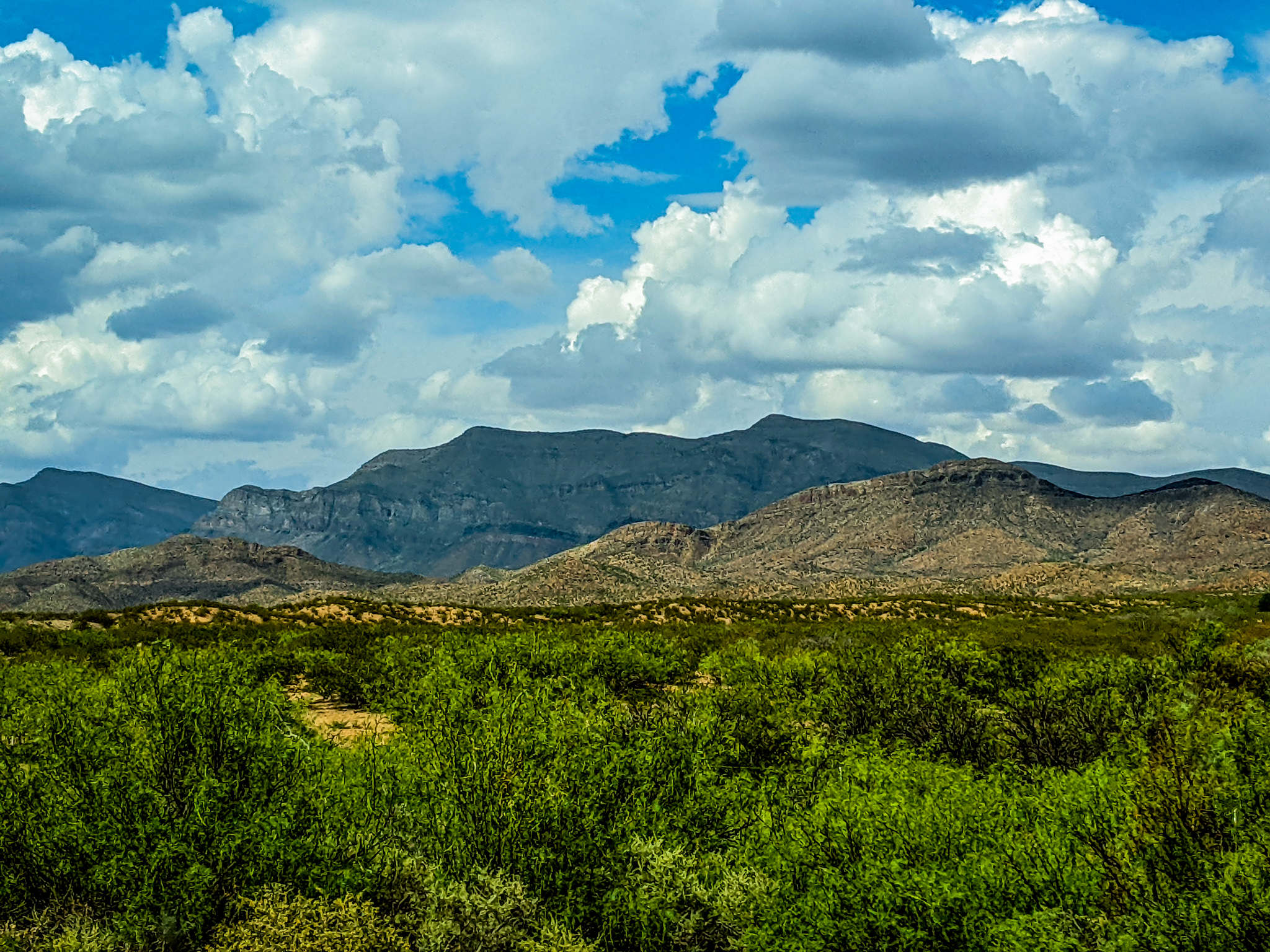
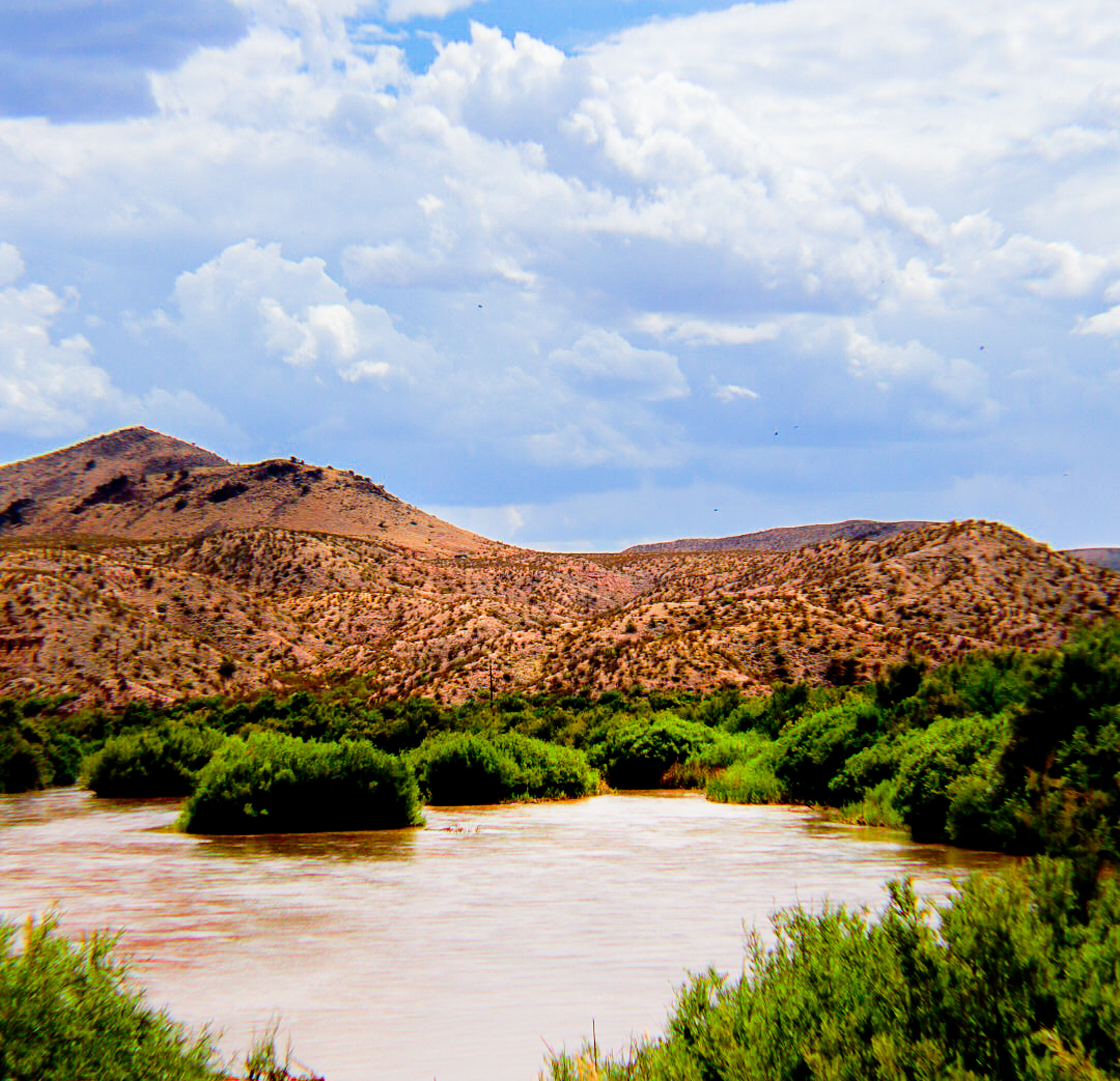
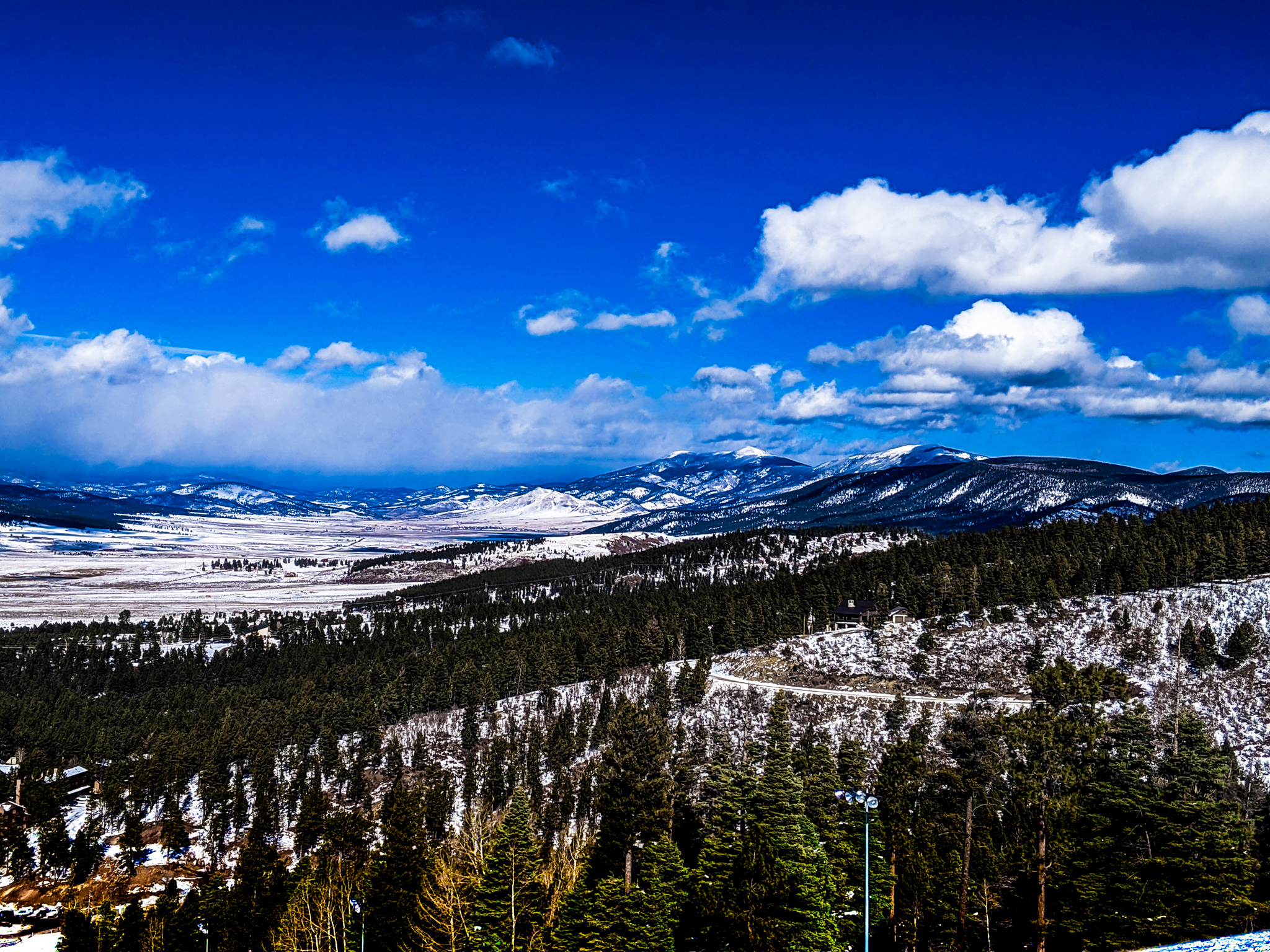
Click here to access the New Mexico Funded Projects handout.
Understanding New Paradigms for “Environmental Flows” and Water Allocation in the Middle Rio Grande River Basin in a Changing Climate
Primary Investigator: Ali Mirchi (Oklahoma State University)
Funded Fiscal Year: 2019
Status: In Progress
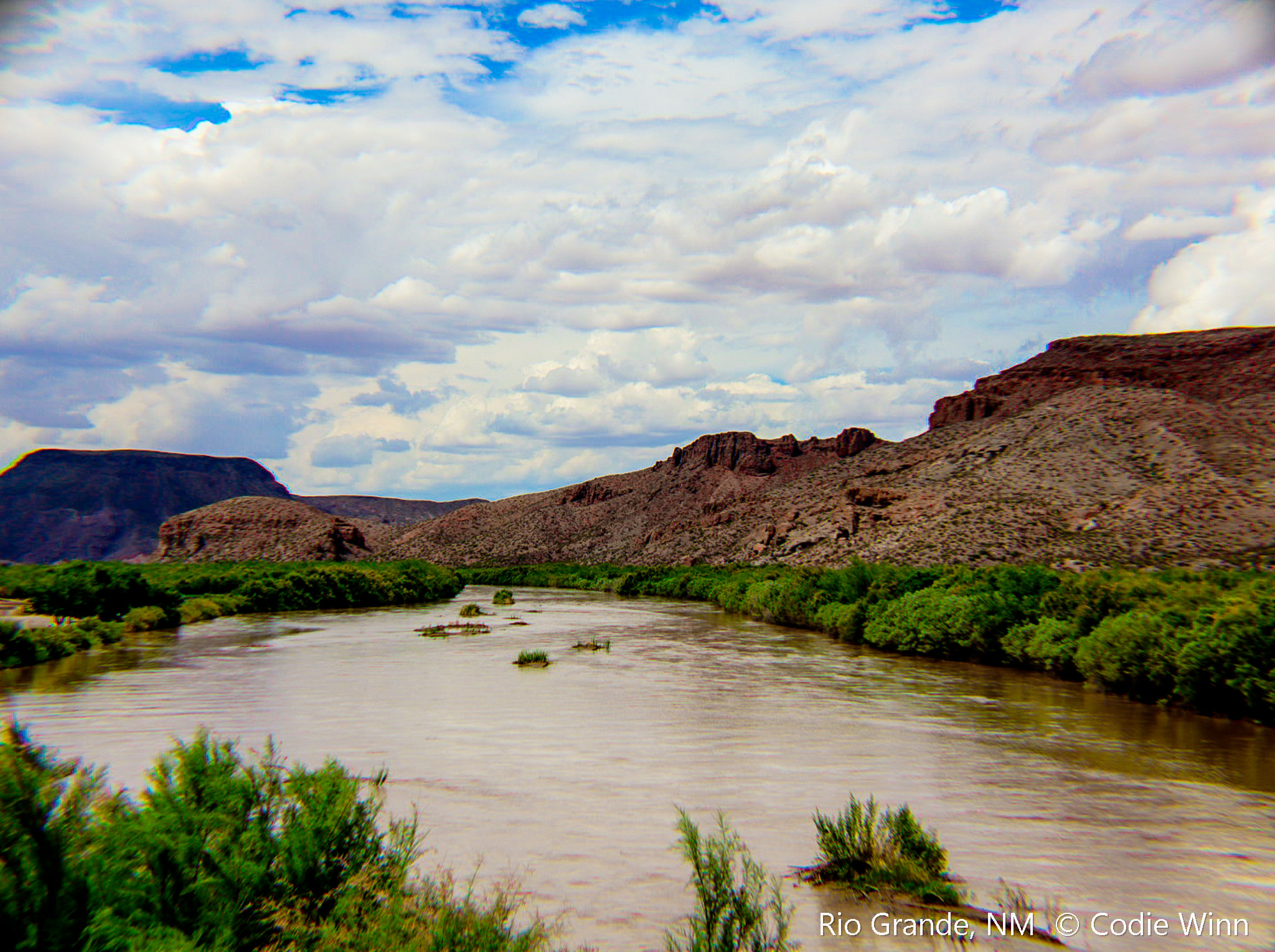
Water demand continues to increase despite the limited water resources of the river and groundwater of the middle portion of the Rio Grande Basin, causing challenges for water resource managers. Little to no water reaches the river ecosystems in this region unless water or water rights are purchased or transferred.
This project will determine the frequency of minimum “environmental flows” needed to sustain the riparian ecosystems along the Rio Grande. Assessments of various water management decisions, along with the quality, quantity, and timing of water flow under current and projected climate conditions, will assist resource managers in making scientifically sound decisions in water management and understanding the economic tradeoffs of water and ecosystem sustainability.
Mapping Conservation Management Efforts to Increase Coordination in the Rio Grande Basin
Primary Investigator: Victoria G Stengel (USGS Texas Water Science Center)
Funded Fiscal Year: 2018
Status: Completed
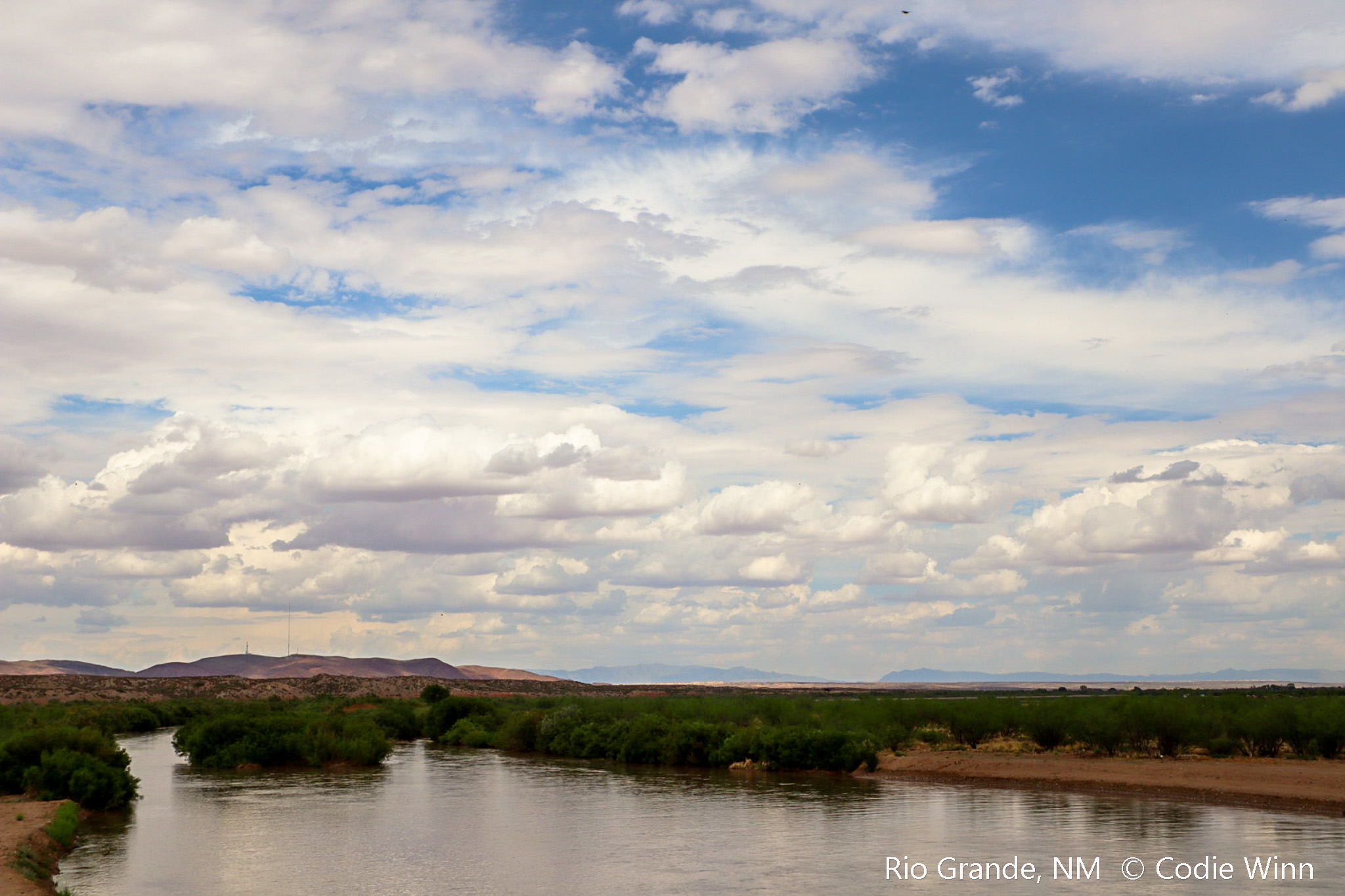
A group of resource managers and end-users from the Rio Grande Basin identified the need for a comprehensive map depicting where conservation activities were happening. The researchers from this project worked closely with partners and end-users to gather information about conservation efforts from over 500 organizations. A web mapping application was created to show the locations of the different efforts.
This resource will improve communication between resource managers, assist resource managers in identifying conservation techniques that have proven most useful, as well as increase efficiency for managers seeking to understand where future conservation activities should be implemented for the most effective outcomes to ensure that the river meets municipal, industrial, and environmental needs into the future.
Webinars:
Assessing Climate Variability and Adaptation Strategies for the Rio Grande Basin
Primary Investigator: Samuel Sandoval Solis (University of California, Davis)
Funded Fiscal Year: 2018
Status: Completed
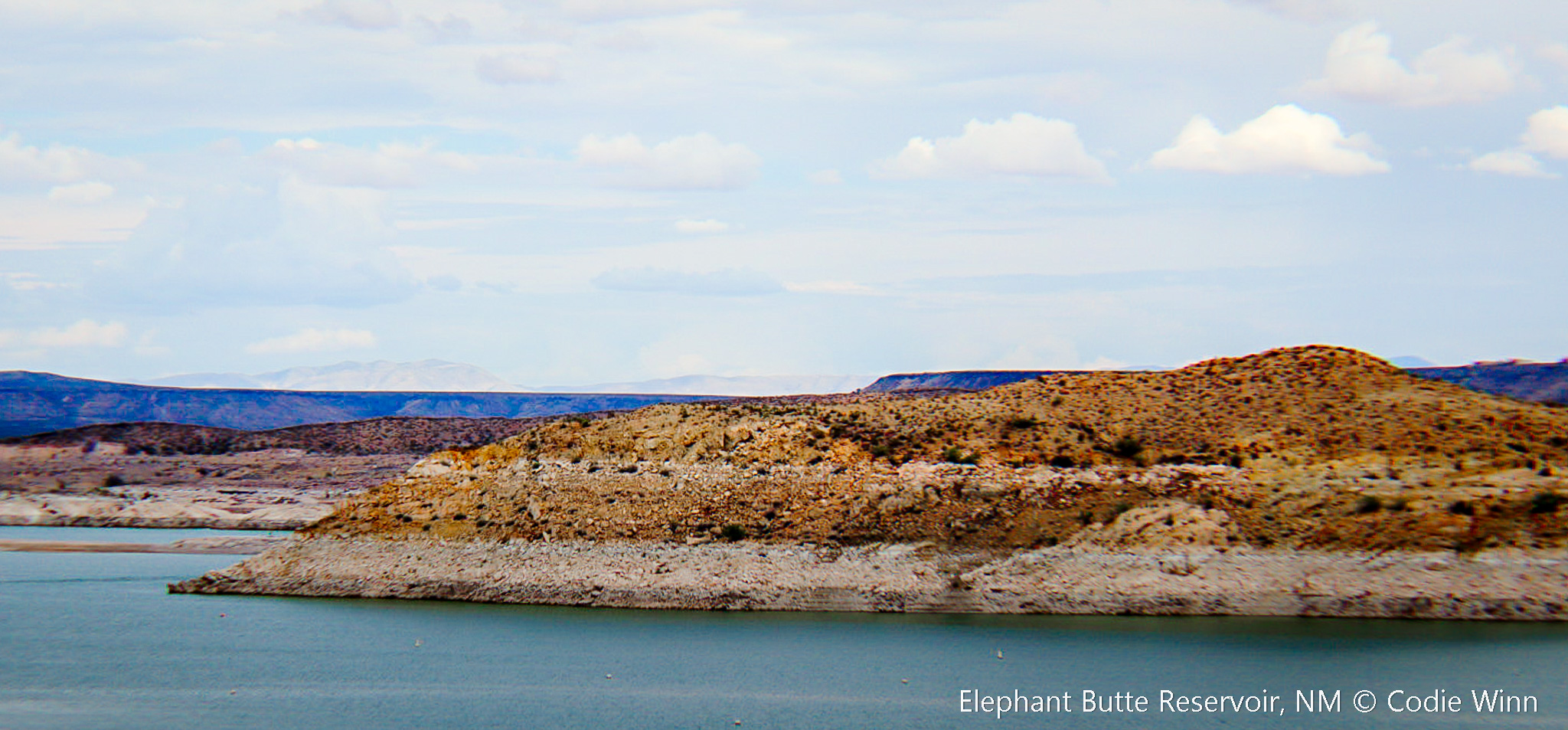
This Project aims to estimate the climate variability of the southern branch of the Rio Grande basin and to identify periods of historical drought and water abundance between 1900 and 2010. Understanding the extreme climatic events of the past will inform predictions of future droughts and floods, as well as support adaptive strategies and solutions for improving water resource management in the basin.
Through this novel research, the team has developed a naturalized flow estimate for every year from 1900-2010 and subsequently demonstrated that the highly regulated Rio Grande is currently in a sustained, anthropogenic drought.
The Effects of Wildfire on Snow Water Resources under Multiple Climate Conditions
Primary Investigator: C. David Moeser (New Mexico Water Science Center)
Funded Fiscal Year: 2017
Status: Completed
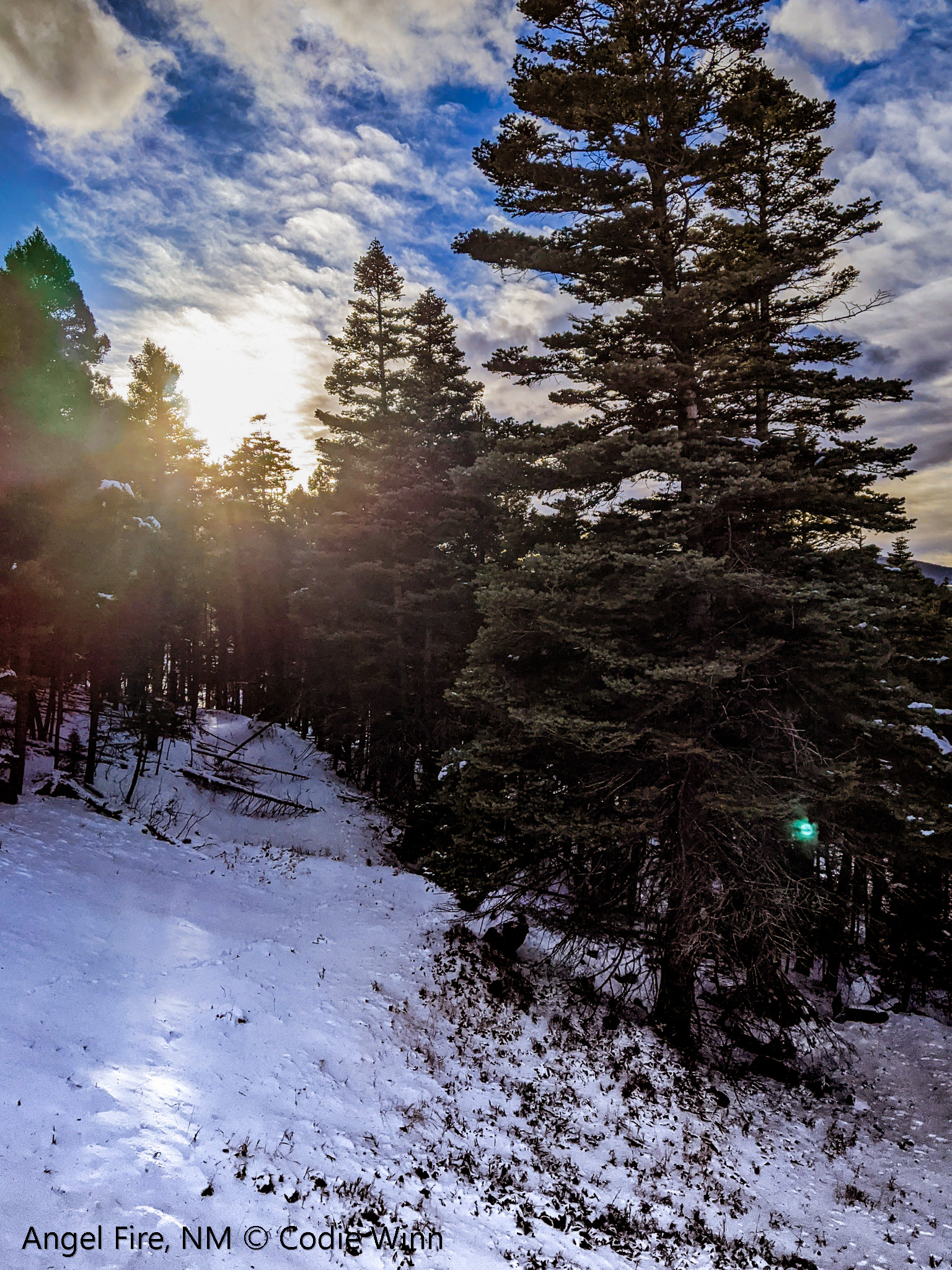
Through this project, Dr. David Moeser (NM Water Science Center, USGS) determined that the direction a canopy edge faces, as well as the structure of that canopy, are important factors for predicting post-disturbance changes in snow water resources. His team quantified how local snow-water resources were affected by the 2011 Las Conchas Fire in the Jemez Mountains under current and future climate conditions. Understanding the correlations between canopy structure and snow storage can help predict the change in snow water in the area watersheds. This knowledge can be used to guide silviculture practices to mitigate future fire disturbances and maximize snow storage and retention time.
Wildfire Probability Mapping Based on Regional Soil Moisture Models
Primary Investigator: Tyson Ochsner (Oklahoma State University)
Funded Fiscal Year: 2017
Status: Completed
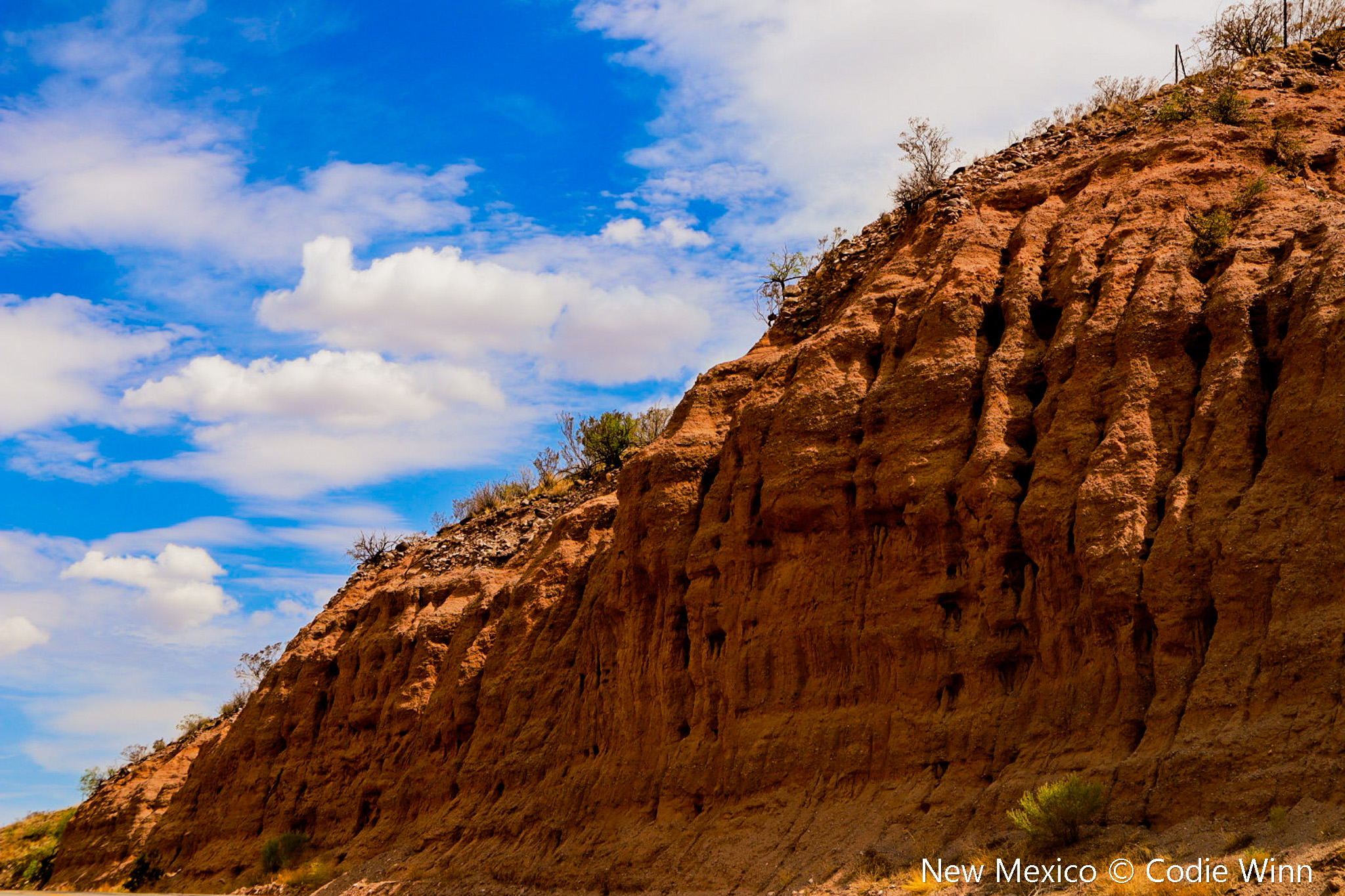
Soil moisture is a significant indicator of wildfire risk, though it has not been used for wildfire assessments previously. Dr. Tyson Ochsner (Oklahoma State University) developed the rNewhall model, a promising soil moisture model that can estimate the likelihood of wildfires and predict the yield of burnable plant material in grasslands more accurately than weather data alone. His research team filled critical knowledge gaps by quantifying the relationship between modeled soil moisture and wildfire within the Rio Grande and Red River Basins using soil maps and climate data.
These Advancements in modeling wildfire danger may increase wildfire preparedness and decrease the loss of life, property, and habitat. The team developed a simple model that can produce high-resolution simulations and predict soil moisture conditions at multiple depths. The rNewhall model will be made accessible as part of an R modeling package once it is refined and finalized. The team will continue to improve the model by refining sensitivity testing and incorporating modeled daily precipitation and temperature data to create connectivity of landscape-scale lateral water flow.
Webinars: July 7, 2022 – Wildfire Probability Mapping Based on Regional Soil Moisture Models by Dr. Matt Levi.
Other webinars of interest to New Mexico:
June 19, 2021: Working Together for Forest Resilience: Navigating a Path in Climate and Fire Impacted Forests – Daniel Denipah (Director of Forestry for the Pueblo of Santa Clara) and Eytan Krasilovsky (Deputy Director of the Forest Stewards Guild) speak about the partnership of the Forestry for the Pueblo of Santa Clara with local non-profit conservation organization, The Forest Stewards Guild, on a variety of projects using fire as a management tool.
September 8, 2020 – Improving Predictions of Water Supply in the Rio Grande Headquarters by Dr. David Gutzler, University of New Mexico.
June 17, 2020 – Integrating Climate Change into State and Federal Resource Management by Dr. Megan Friggens, U.S. Forest Services.
October 1, 2020 – Drought & Lessons Learned in Rio Grande/Bravo Basin by Dr. Jack Friedman, University of Oklahoma.
October 27, 2020 – Arizona & New Mexico Monsson Recap and Winter Drought Outlook by the Southwest & South Central CASCs, NIDIS, NOAA & USGS.
New Mexico Stakeholder Listening Sessions
June 27-30, 2022 – Staff from the South Central CASC visited New Mexico to conduct stakeholder listening sessions with the goal to gain insight into the climate science needs of natural and cultural resource managers; and to discuss the impacts of climate change on water, forestry, and agriculture, which we co-hosted with the USDA Southwest Climate HUB. These sessions provided an opportunity for CASC staff and others to learn about climate adaptation challenges experienced by these resource managers, explore opportunities for collaboration with state, federal, and tribal organizations, and for participants to share information on climate-related activities and research needs throughout the state. From across these listening sessions, research themes emerged. View our captured notes from these listening sessions to learn more.